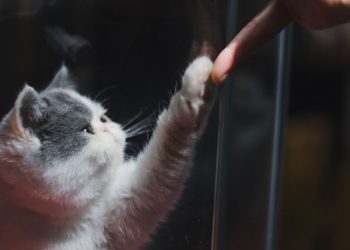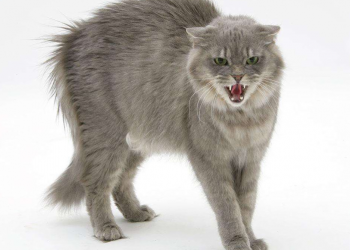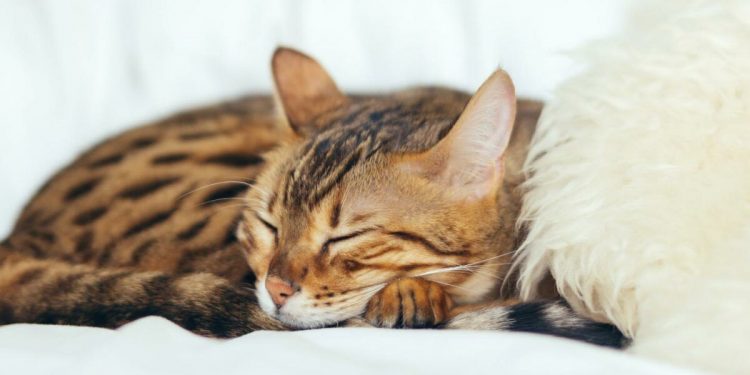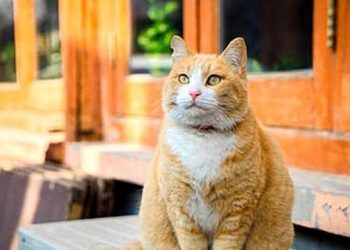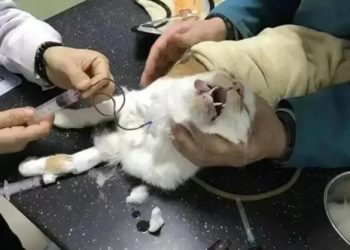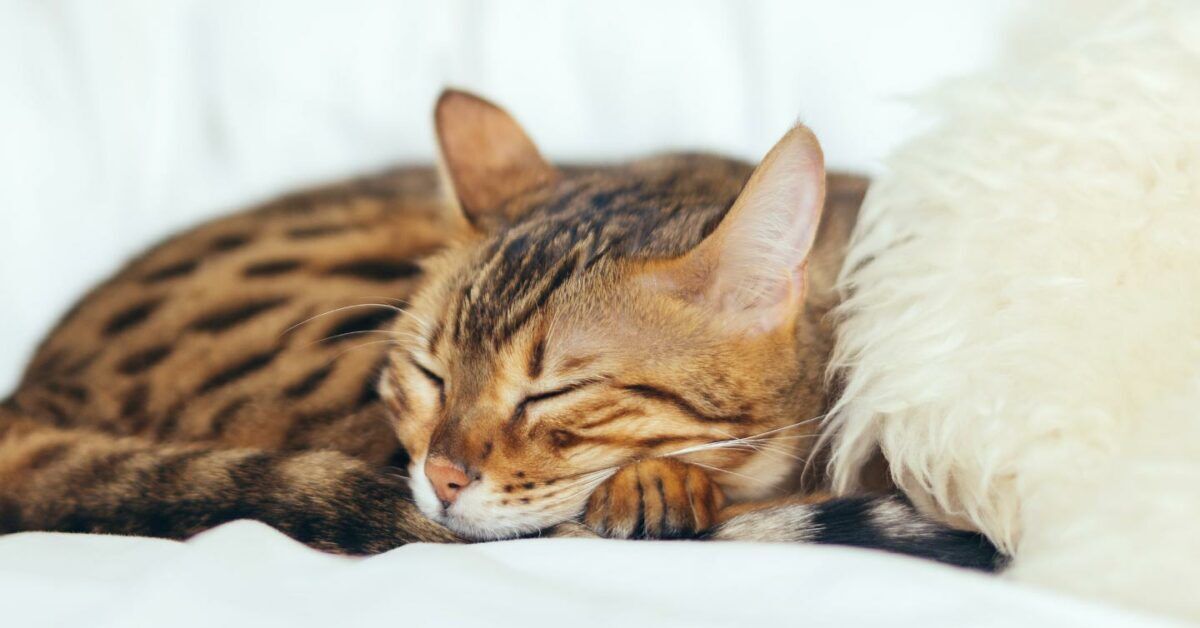
That kitten may seem like a four-legged hairy hellion, but they require, and get, a lot of sleep. A kitten may not require as much sleep as a senior cat, but it’s safe to say that felines as a whole sleep…a lot.
Unlike humans, whose sleeping habits can be profoundly impacted by weather, cats are immune to seasonal weather patterns. Whether its immunity or indifference, it’s a fact that there are few things cats like more than sleeping.
But why? What makes cats sleep so much? How much do they sleep?
Cats are crepuscular
To understand a cat’s sleeping patterns we must first understand that cats are crepuscular. Not quite entirely nocturnal, crepuscular is a scientific way of saying that cats are most active from the twilight hours of dawn and dusk.
Or put another way, not unlike a vampire, the feline’s workday, which is typically stalking and hunting prey, is from dusk to dawn.
Therefore, it’s not unusual for adult cats to have between 15 and 20 hours of sleep time per day.
While cats may be crepuscular, that doesn’t mean that a tiger – or house cat – can’t change their cat sleeping ways. Felines are also quite sociable animals and their behavior is malleable. This means a cat may change their sleeping habits so they can spend more time with their people.
The cat nap
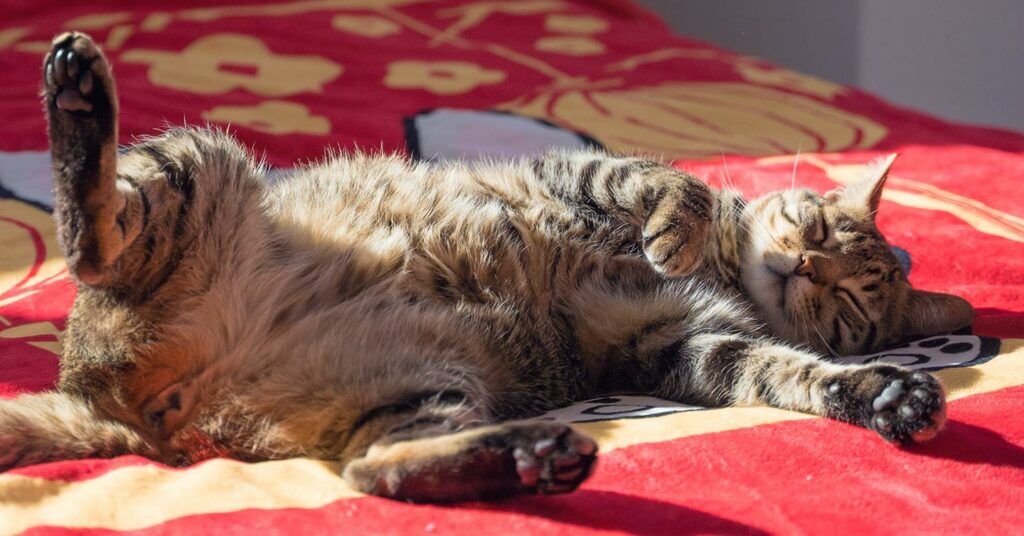
Don’t be fooled into thinking cats sleep a solid 15-20 hours though. There is a reason why quick naps are called “cat naps.” A cat nap snooze for cats usually lasts about fifteen minutes to a half-hour and makes up a large chunk of their sleep pattern.
Humans also have the catnap phenomena in common with cats. According to NASA, the ideal catnap for humans should be between 10 and 20 minutes. For us bi-peds, the cat nap can increase our alertness, lower stress, and improve our memory.
This form of napping for your feline also serves a similar purpose, in particular when it comes to hunting. If you look closely at the way your cat is sleeping during one of these naps, you’ll see that they’ve positioned their body so that they can spring up in the event some prey is close by.
Cat sleeping habits
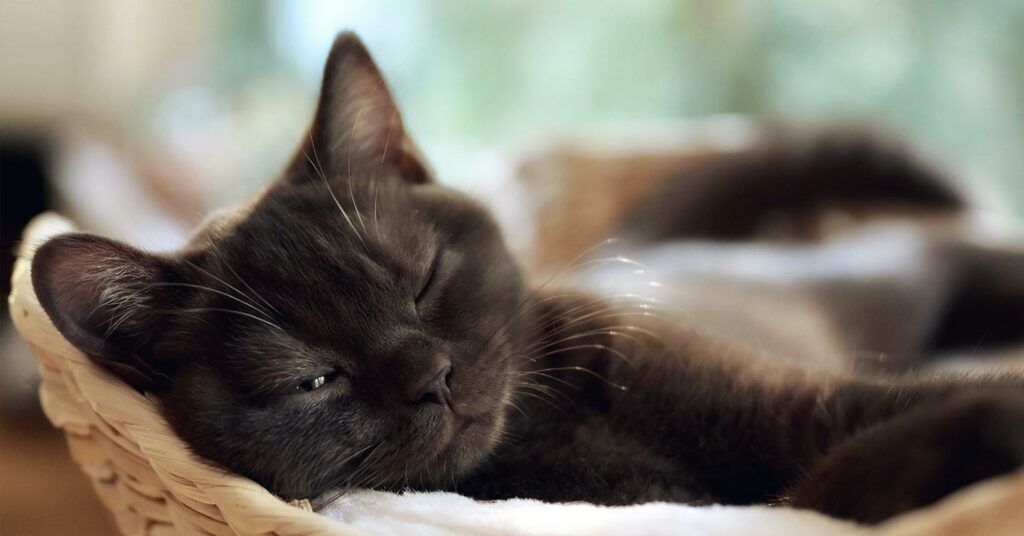
The feline catnap is such a light sleep that it’s often said that cats sleep “with one eye open.” It’s not just lions and tigers, it’s your average tabby too because stalking and hunting are hardwired into their DNA.
While the majority of a cat’s sleep is dozing in and out or taking naps, they do enter into a deeper sleep. Those deep sleep cycles for a cat last for about five minutes…and then it’s right back to catnapping. This is their sleeping pattern until the cat wakes up.
Don’t be too alarmed if your indoor cat sleeps a little more though. Their hunting landscape isn’t as open as an outdoor cat or a wild cat. For an indoor cat, the hunting landscape is almost non-existent, so your average house cat won’t require as much energy.
Cat sleeping concerns
When should you be alarmed if your cat sleeps too much?
That can only be addressed on a cat by cat basis, regardless of cat breeds. As a cat parent, you’re the best judge of what is normal and abnormal behavior. If you have a cat, then you know certain cats can be counted on to live by one principle…whatever they want.
But, over time, they do take a schedule. For example, if your cat likes their breakfast in the early morning, say 8 a.m., but if they start eating later, or worse, not at all, it may be time to contact your vet.
According to we : “If the behavior changes for only a few days, your cat may have just been sleeping off a mild bug. Usually, serious health problems will have other symptoms such as behavior changes and changes in eating and drinking patterns. If there are other symptoms, visit your veterinarian.”
The “why” behind serious cat snoozing
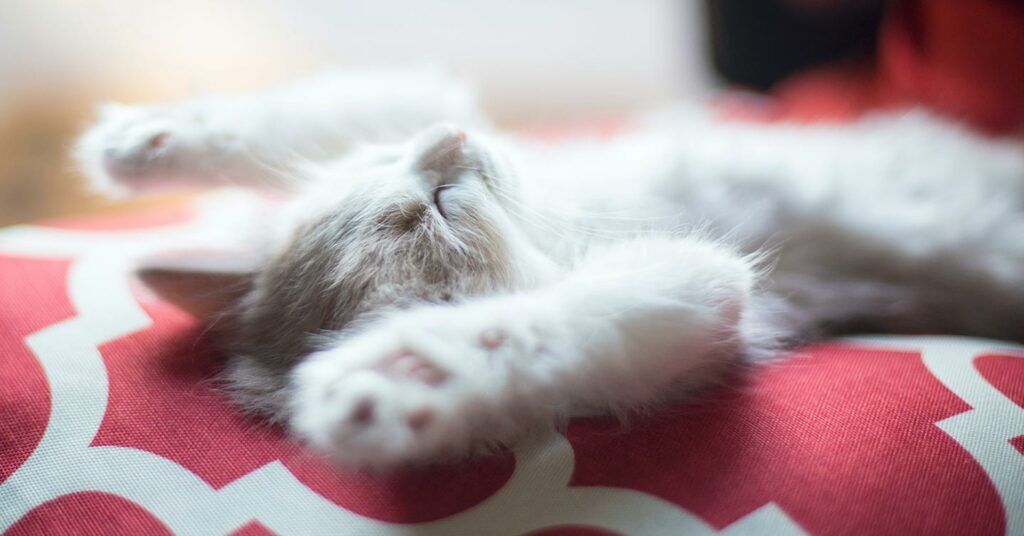
Perhaps the primary reason why cats sleep so much is simple – because they can.
Cats are at the top of the food chain, so they can relax to their hearts’ content. As natural predators, they need to be ready to hunt at any given moment. So stockpiling their energy is important. It’s even more important for wild cats. The average cat in the wild may expend a lot of energy reserves on a hunt and will need to rest up afterward.
For a domesticated cat, that energy reserve may be depleted just from hopping from the couch to the floor.
Like any other species with a job, the energy spent can take its toll on your psychological and physical well-being. So whether hunting in the wild or strutting around your home, a cat must always be ready to deliver their pouncing A-game at a moment’s notice. And to make sure they’re functioning at that level, they require some serious sleep to build up their pouncing reserves.
For many cats, their days are similar to instructions on a shampoo bottle. A shampoo bottle may read – wet hair, rinse, repeat as needed. A cat’s life cycle may be – sleep, hunt, eat, repeat as needed.
A cat’s dream
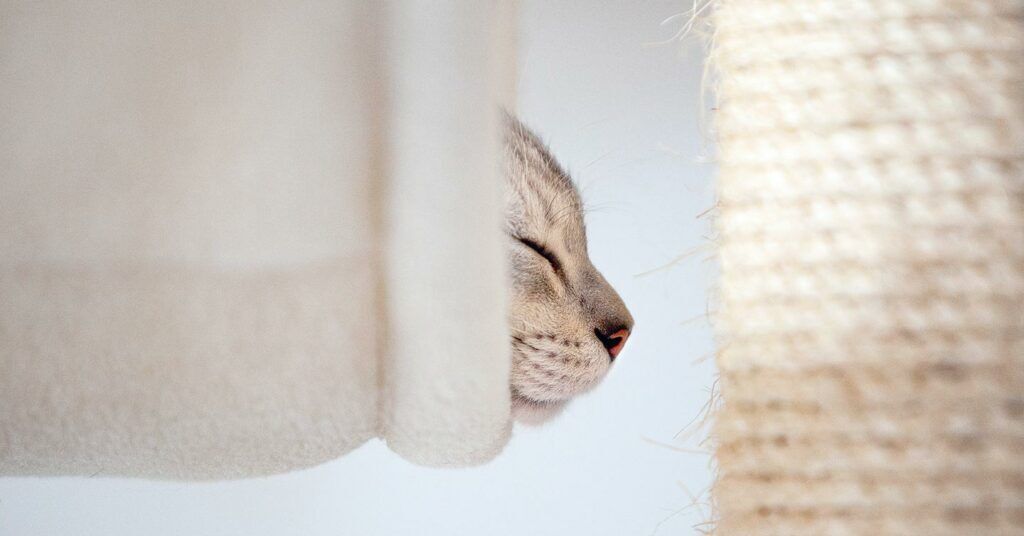
All of this talk of cats sleeping begDo cats dream?
Scientists shook the magic 8-ball (did clinical studies) and all signs point to yes.
Scientists have found that REM (rapid eye movement) sleep is an important part of dreaming and takes place in most mammals. Where humans have five stages of sleep (1-5) cats only have two (REM and non-REM). Since they spend so much time snoozing, there is a good chance you’ve seen your cat in the middle of a dream. Their dream state may be noticeable by twitches or some kind of body movement.
But what are cat dreams made of? I think those studies are years off, but my guess would be that they dream about stalking prey and more sleep.
Cat snoring
And yes, cats snore. While annoying, this should be seen as a good sign as it means your cat is very relaxed. It doesn’t mean that you want to be woken up at 3 a.m. to your cat sawing down a forest…but at least you know they’re relaxed. However, if you have any concerns about your cat snoring, you should always consult your vet.
As a cat parent, you will always be the best resource and advocate for your cat. While it is true that cats sleep a large chunk of their day, you’re the only one who can determine what is normal sleeping behavior for them and what is not. Should you notice any behavior outside of your cat’s normal, it shouldn’t be ignored. Contact your veterinarian – they can help identify or rule out potential health issues that may be contributing to these changes. In the meantime, relax, sit back and watch your cat snooze away all the livelong day.

